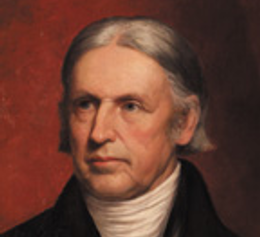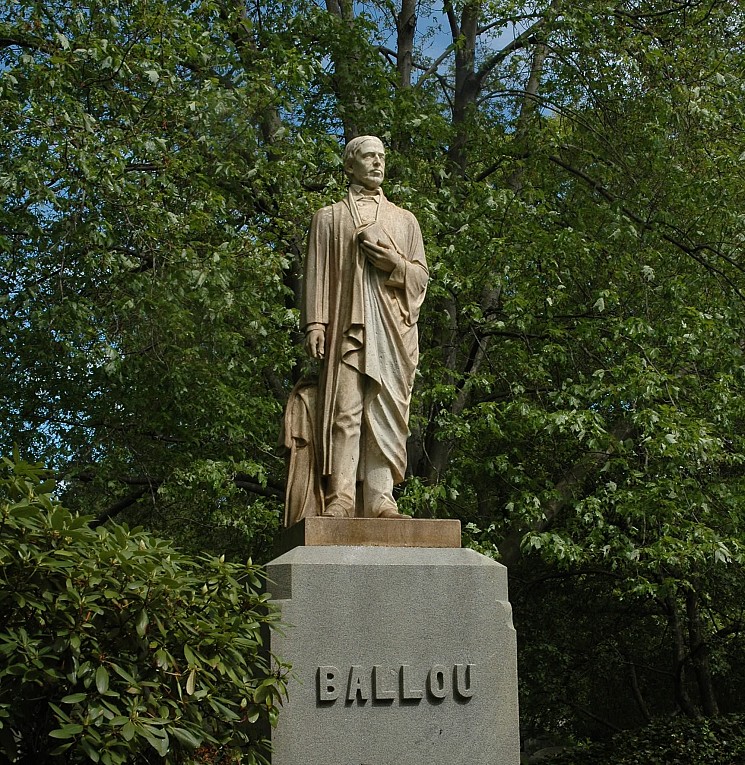
Hosea Ballou (1771-1852)
Universalist Clergyman & Theological Writer
Hosea Ballou was born in 1771 to a Baptist minister and was the eleventh child in his New Hampshire family. He went on to become a Universalist Clergyman and served at the Second Universalist Church on School Street in Boston from 1818 until his death in 1852.
Ballou expressed interest in religion during his youth and joined his father’s church when he was 18. For the next several years, while working on farms, he found himself aligning with the Universalist reading of scripture. He was excommunicated from the Baptist church on doctrinal grounds in 1791, which spurred him to contact John Murray, the founder of Universalism in America. Ballou’s independent study of scripture led him to reject the doctrines of the Trinity, total depravity, and the Atonement.
Ballou’s charisma and success as a public speaker allowed him to work as a school teacher in Massachusetts and Rhode Island. In 1805, he published A Treatise on Atonement, which became a revolutionary work in the Universalist community. After a controversial sermon supporting the war with Great Britain in 1812, he was ousted from his Portsmouth, New Hampshire pastorate, and supported himself by teaching again.
He began his work at the Second Universalist Church on School Street in Boston in 1818. While there, he edited Universalist publications, taught ministerial students, read history, and learned Latin, Greek, and Hebrew. He preached three sermons every Sunday at Second Universalist Church until his death in 1852.

A life-sized statue of Ballou marks his grave in Lot 103 on Central Ave:
“The commemorative statue of this eminent man, who was so universally beloved and respected for his talents . . ., was purchased by subscriptions from the Universalist denomination at large, and was executed by Edward A. Brackett, the well-known sculptor. Those who from long familiarity with the departed are entitled to express an opinion of the artist’s fidelity, are satisfied with the result of his labors, while viewed simply as a work of art, we think that a high rank will be accorded to this effort. The statue is of pure white marble, standing upon a granite pedestal.” Guide through Mount Auburn, Russell & Richardson, 1873.
Footnotes:
Adapted from the research of Judy Jackson, as published in Mount Auburn Cemetery’s Person of the Week: Hosea Ballou, 1998.
